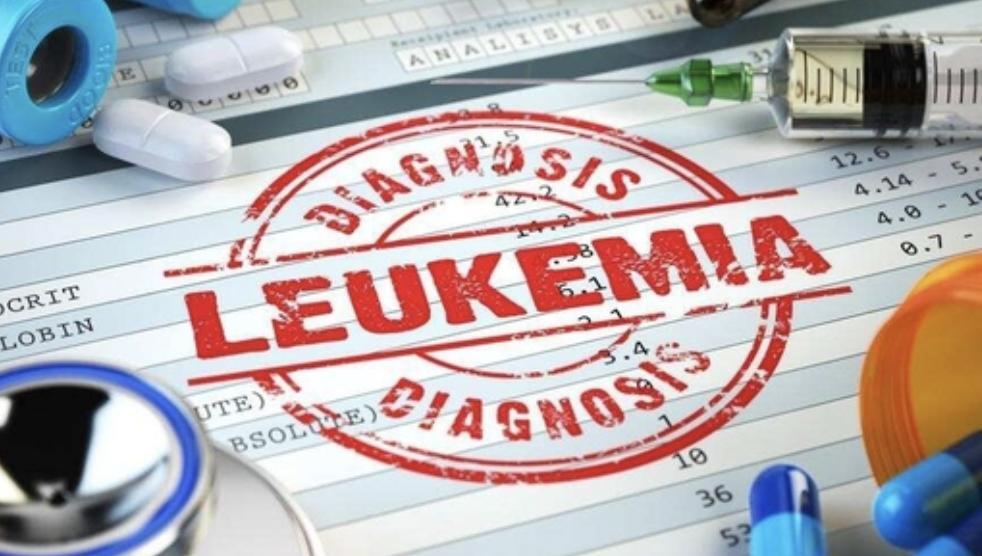
Blood Test Can Detect Person’s Risk of Developing Leukaemia: Study
Leukaemia, a type of blood cancer, is a devastating disease that affects millions of people worldwide. While researchers have made significant progress in understanding the causes and treatment options for leukaemia, early detection remains a significant challenge. A recent breakthrough by a team of researchers from the Weizmann Institute of Science has led to the development of a blood test that can detect an individual’s risk of developing leukaemia. The study, published in the journal Nature, reveals that rare stem cells in the blood carry crucial information about early signs of myelodysplastic syndrome (MDS), which can lead to leukaemia.
Myelodysplastic syndrome (MDS) is a type of blood disorder that affects the bone marrow’s ability to produce healthy blood cells. While MDS is often considered a benign condition, it can sometimes progress to acute myeloid leukaemia (AML), a more aggressive and life-threatening form of blood cancer. The early detection of MDS is essential to prevent the development of AML, but current diagnostic methods are often invasive and ineffective.
To address this challenge, the research team led by Dr. Ronit Satchi-Fainaro, a biologist at the Weizmann Institute of Science, developed a blood test that uses single-cell genetic sequencing to analyze stem cells in the blood for the disease’s warning signs. In the study, the researchers collected blood samples from individuals with MDS and healthy individuals and used a technique called single-cell RNA sequencing to analyze the genetic information of individual stem cells.
The researchers found that rare stem cells, known as hematopoietic stem cells, carry unique genetic signatures that are associated with MDS. By analyzing these stem cells, the researchers were able to identify specific genetic markers that are indicative of an increased risk of developing MDS. The study revealed that these genetic markers are present in the blood of individuals with MDS, even before the onset of symptoms, allowing for early detection and potential prevention of the disease.
The blood test developed by the research team is a significant breakthrough in the field of leukaemia research. Currently, there is no reliable method to detect MDS in its early stages, and most diagnostic tests are invasive and often inaccurate. The new blood test offers a non-invasive and accurate way to detect MDS, which could potentially lead to early treatment and prevention of the disease.
The study’s findings have significant implications for the diagnosis and treatment of MDS. Early detection of MDS could enable doctors to monitor patients more closely and intervene earlier to prevent the development of AML. Additionally, the blood test could be used to identify individuals who are at high risk of developing MDS, allowing for targeted screening and prevention strategies.
The researchers are optimistic about the potential of their blood test to improve the diagnosis and treatment of MDS. “Our study shows that rare stem cells in the blood carry crucial information about early signs of MDS,” said Dr. Satchi-Fainaro. “This knowledge could be used to develop a blood test that can detect MDS before symptoms appear, allowing for early treatment and prevention of the disease.”
The study’s findings have far-reaching implications for the diagnosis and treatment of leukaemia. Early detection of MDS could potentially lead to a significant reduction in the number of cases of AML, which is a devastating and often fatal form of blood cancer. Additionally, the blood test could be used to identify individuals who are at high risk of developing MDS, allowing for targeted screening and prevention strategies.
In conclusion, the development of a blood test that can detect an individual’s risk of developing leukaemia is a significant breakthrough in the field of leukaemia research. The study’s findings have significant implications for the diagnosis and treatment of MDS, and could potentially lead to early detection and prevention of the disease. Further research is needed to validate the blood test and explore its potential applications, but the study’s findings offer a promising new direction in the fight against leukaemia.
Source:
Satchi-Fainaro, R., et al. “Single-cell genetic profiling reveals a unique stem cell population with a high risk of developing myelodysplastic syndrome.” Nature (2025): 1-11. DOI: 10.1038/s41591-025-03716-5






